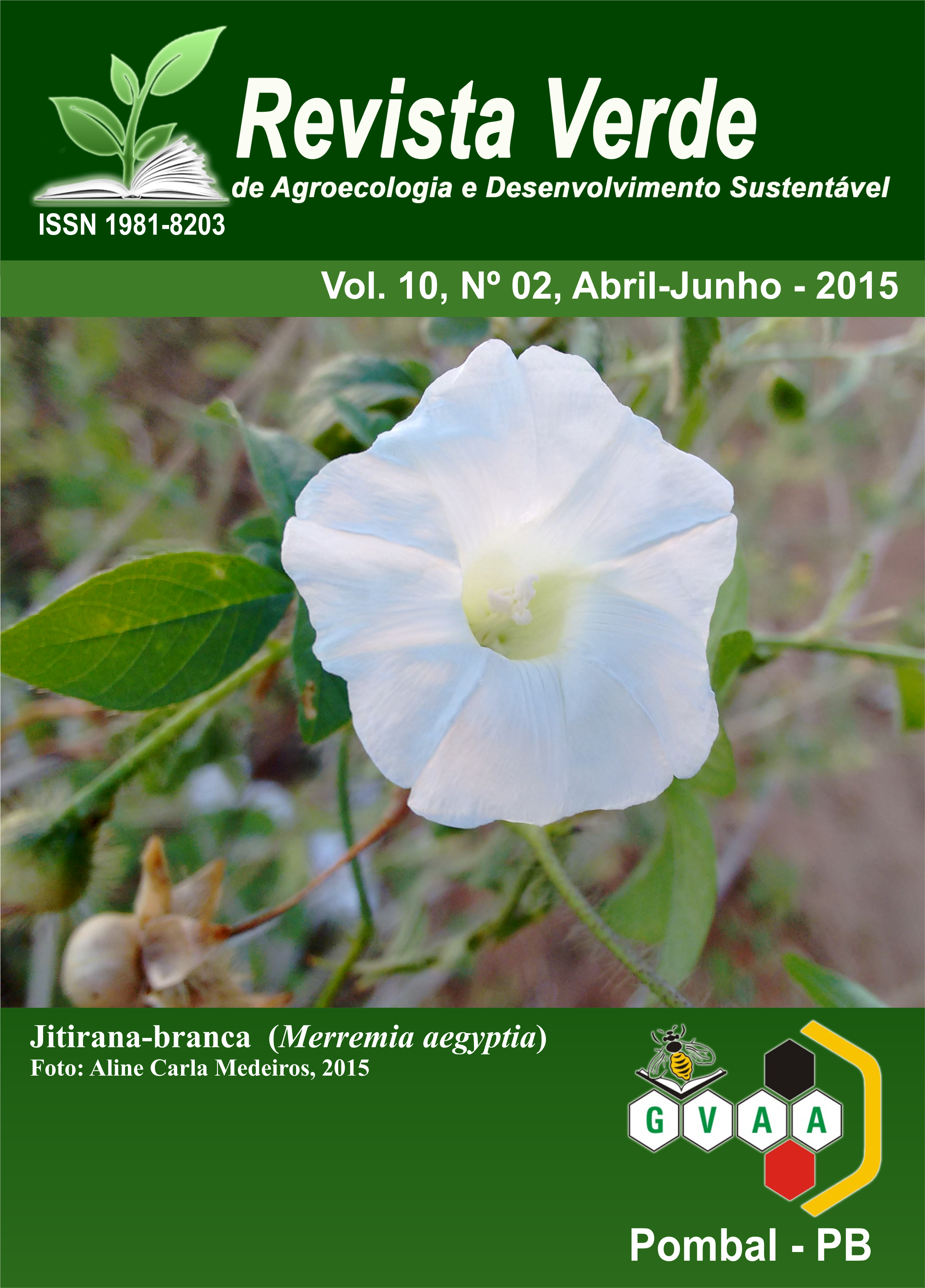Arranjos agroflorestais no contexto da agroecologia: O caso dos agricultores da região do Médio Maracá no município do Mazagão, Amapá
DOI:
https://doi.org/10.18378/rvads.v10i2.3384Keywords:
Agroecologia, SAF, Desenvolvimento sustentável, PAE MaracáAbstract
Objetivou-se identificar localmente os diferentes arranjos, práticas e manejos agroflorestais, desenvolvidos pelos agricultores da região do Médio Maracá no município do Mazagão. Para a pesquisa foram adotadas observações diretas desenvolvida em duas etapas: a primeira constou de pesquisa e revisão bibliográficas. A segunda etapa da pesquisa foi realizada em campo. Identificou-se que as tipologias Quintal Florestal possuem área média 0,5 ha e a agrossilvicultura com área média de 5,5 ha. Quanto às espécies utilizadas o açaizeiro (Euterpe oleracea), o cupuaçuzeiro (Theobroma Grandiflorum), e a bacabeira (Oenocarpus bacaba), apresentaram maior frequência na composição dos sistemas pesquisados. Entre os lotes constatou-se uma média de 10 de espécies frutíferas por lote, quanto às essências florestais a média variou de 10 a 15 espécies. Nesta perspectiva, resgatar práticas e manejos tradicionais baseadas empiricamente nos princípios dos sistemas agroflorestais, se reveste de grande importância para apoiar implantação de sistemas produtivos com base na agroecologia.
Agroforestry arrangements in the context of agroecology: The case of the farmers of the Middle Maracá region in the municipality of Mazagão, state AmapáAbstract: Aim to locally identify the different arrangements, practices and agroforestry management practices developed by farmers of the Middle Maracá region in the city of El Jadida. For research direct observations developed in two stages were adopted: the first consisted of research and bibliographic review. The second stage of the research was carried out in the field. It was found that the Forest Yard types have average size 0.5 ha and agroforestry with an average area of 5.5 ha. As for the species used the açaí (Euterpe oleracea), the cupuaçu (Theobroma grandiflorum), and the bacabeira (Oenocarpus bacaba), had a higher frequency in the composition of the investigated systems. Among the lots found an average of 10 fruit species per lot, for the forest species the average ranged from 10 to 15 species. In this perspective, rescue traditional practices and management conditions empirically based on the principles of agroforestry, is of great importance to support implementation of productive systems based on agroecology.











